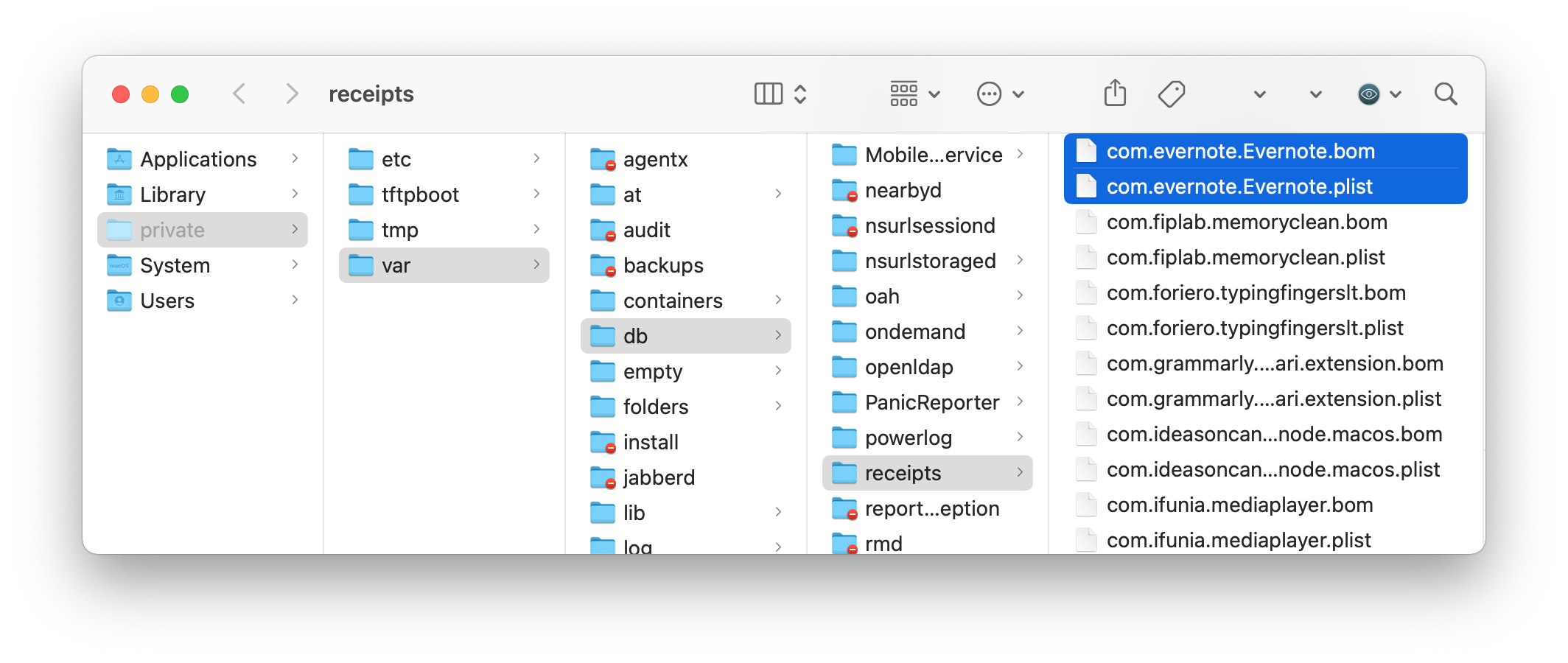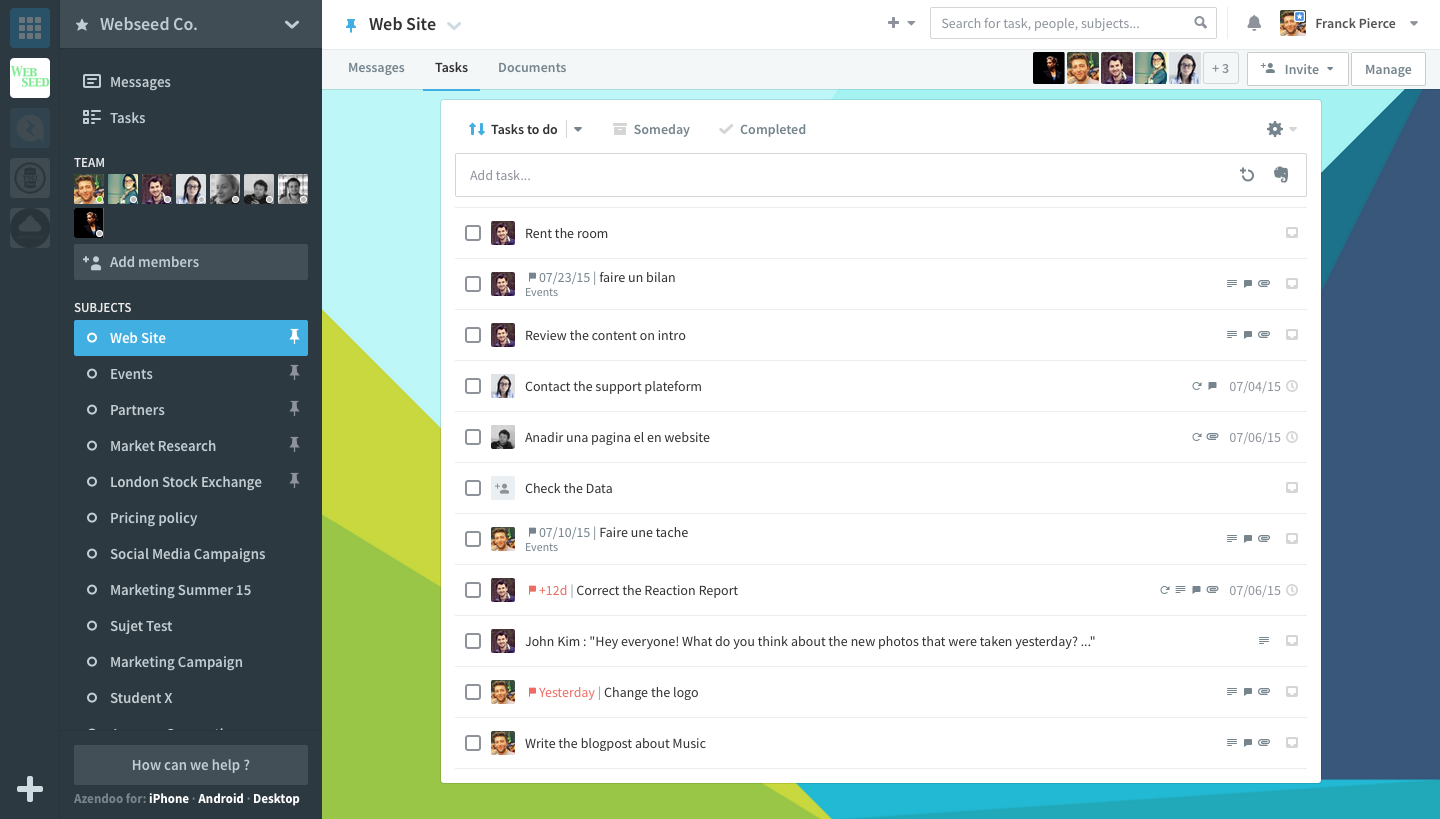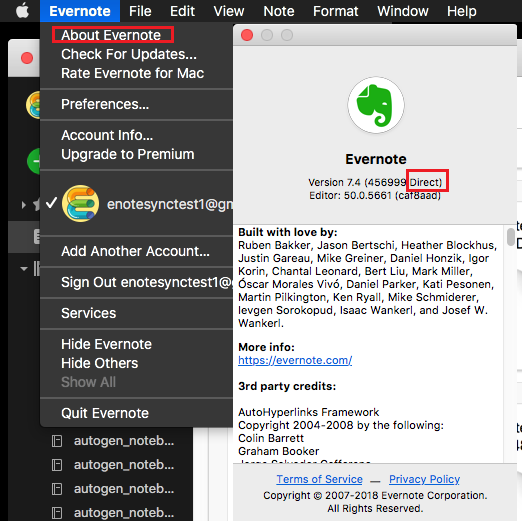Evernote Developer Documentation

Install Evernote Mac

Evernote uses cookies to enable the Evernote service and to improve your experience with us. To learn more, check out our cookie policy. By clicking OK or continuing to use our site, you agree that we can place these cookies. Our Quick-start guides will show you how to install and configure the Evernote SDK for your chosen language or platform. The topical Articles describe individual concepts or functions used when interacting with the Evernote API. You’ll probably spend the majority of your time reading these, as they make up the majority of our documentation. Use the Evernote extension to save things you see on the web into your Evernote account. Goodbye, bookmarks. Hello, Web Clipper! Clip the web pages you want to keep. Save them in Evernote. Easily find them on any device. Mac: Go to Finder, then click Applications ScanSnap Evernote Edition Sub ScanSnapEE Uninstaller and follow the on-screen steps. Windows: Open the Start (Windows) menu, then click Settings Apps Apps & features ScanSnap Manager Evernote Edition Uninstall and follow the on-screen steps.
Everything you need to know when working with the Evernote API.
The documentation is organized into three major areas:
- Our Quick-start guides will show you how to install and configure the Evernote SDK for your chosen language or platform.
- The topical Articles describe individual concepts or functions used when interacting with the Evernote API. You’ll probably spend the majority of your time reading these, as they make up the majority of our documentation. They are organized into sections by general topic.
- Finally, the API Reference contains a comprehensive listing of all types, functions and enumerations exposed by the API.
Note: You’ll need to create an account on our development server.
Developer SDKs & Guides

| Python | Install SDK | Quick-start Guide |
| JavaScript | Install SDK | Quick-start Guide |
| iOS | Install SDK | Getting Started Guide |
| Android | Install SDK | README |
| Windows | Install SDK | Getting Started Guide |
| PHP | Install SDK | Getting Started Guide |
| Ruby | Install SDK | Quick-start Guide |
| Java | Install SDK | README |
| OS X | Install SDK | README |
| Perl | Install SDK | README |
| C++ | Install SDK | README |
| ActionScript 3 | Install SDK | README |
Install Evernote Mac
For all other platforms, installation and setup instructions can be found in the README file of your platform’s SDK. All Evernote SDKs can be found on GitHub.
API Reference


Generated from the Evernote source code, these documents describe the core components of the Evernote API. In addition, we have SDK-specific class references for both iOS and Android.
